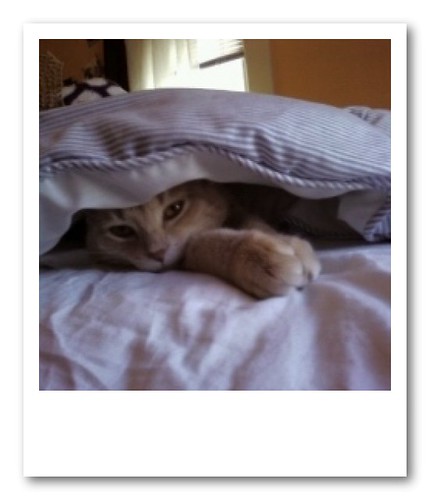I was surprised at how library 2.0 my library is. We have a lot of freedom in what we do at where I work and very little bureaucracy's to deal with compared to a public library and so we are able to add and create and use tools when we want.
Yes there should be another 23 Things, but only when there are new "things" and enough to necessitate it.
RefDesk2.0
The RefDesk2.0 blog is about my experiences with new technologies and library trends. I will be tracking my progress with the 23 Things On a Stick Program, a program for individuals working in Minnesota libraries.
Thursday, August 21, 2008
Thing 22
I will use a variety of ways to keep up with web 2.0. News feeds, RSS for library2.0 subjects, conversations with co-workers. Being aware of trends and not afraid to try things out will be a key part in staying up to date. Keeping my blog, not sure about the likelihood of that. But I am sure to set time aside to keep up to date.
Wednesday, August 13, 2008
Thing 21
I did have a myspace account, friends talked me into opening one up. It was another way to communicate with people, but I prefer email. Gather.com seems to be a little more my taste, the networks for MN reads and MPR seem like a great way to share opinions and hear others opinions. I am amazed at all the many networking sites available!
Thing 20
The library I work at used to have a myspace page, turns out no one really kept it up. I can see the potential of a face book or myspace page for a public library, especially teen services. It is however another opportunity for free marketing. Myspace is now owned by fox, and generates revenue off of ads. Myspace uses the information you put on your page, interests and what not, and then advertises specifically to your interests. There are social networking sites for career development as well such as climber and linked in which are more appropriate for adults, in my humble opinion.
Thing 19
Podcasts are great, I use iTunes to subscribe to most mpr podcasts. I enjoy the ability to listen to shows when I have time. I've never produced a podcast before, but the software to do it is very easy to work with. There are some libraries that produce podcasts for staff covering training options. An opportunity for a academic library would be to post library instructions in a podcast form on the library website instructing on the use of 360 Search for example.
Thing 18
This is a great video I found. It was posted about one year ago by Laura Cohen and Soren Johannessen. I agree with her views, she touches on some very good points. It was interesting reading the comments. It seems the most positive comments were from librarians or people in the field. I could easily tell the negative comments were from people not professionally involved with libraries and not knowledgeable about current library issues. The images do not directly relate to libraries or library 2.0, but they are beautiful.
Thing 17
I enjoy the database feature of signing in, saving items to a folder et cetera. I believe these features help students to organize their research and search process. When I do bibliographic instructions I make a point of highlighting these features. I have received positive comments from students. I find it helpful when creating bibliographies as well. The RSS feed on the other hand is not a feature I will be using, but I do inform students of it. RSS would be most useful to someone doing an extended project or research on a topic. I help students with a variety of different subject areas. It would be beneficial however to be updated on new content, but with the number of databases at my school it is not practical.
If a group of librarians shared sign-on information and thus a profile on ebsco's CINAHL they could then share new items with each other and collaborate effectively without even needing to communicate with each other, each librarian or instructor would gain knowledge.
If a group of librarians shared sign-on information and thus a profile on ebsco's CINAHL they could then share new items with each other and collaborate effectively without even needing to communicate with each other, each librarian or instructor would gain knowledge.
Subscribe to:
Posts (Atom)

